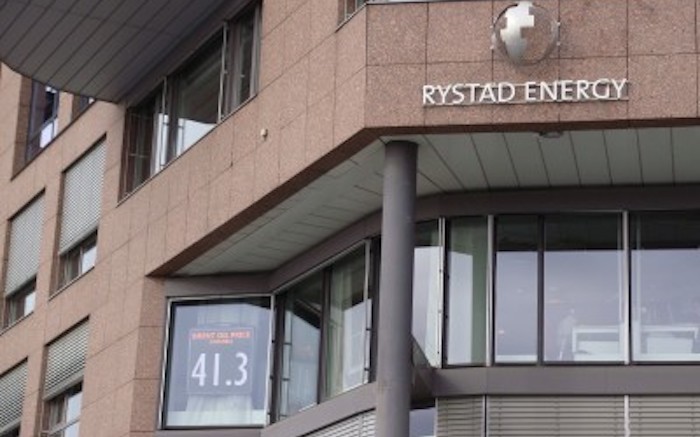A research by Rystad Energy has revealed that surging oil, gas, and power prices, together with the European Union (EU)’s goals of becoming less dependent on Russian supplies, and post-Covid-19 pandemic inflation, will jerk global energy spending this year to a record $2.1 trillion.
A concern in energy markets is that the ongoing war in Ukraine will derail the energy transition, but the latest data suggests that spending in green energies will grow faster than in the fossil fuel sector.
The report said,without the invasion, however, there would have been less growth in investments in oil and gas and the share of green energies in global energy spending would be slightly more than today’s 31%.
It said upstream oil and gas spending is currently projected to grow 16% – or $142 billion – compared to last year as oil and gas producers around the world up their investment budgets to increase output.
It also said based on the current pipeline of projects, global capacity will grow at 250 gigawatts (GWac) within wind and solar, and lead green energy spending to grow by 24%, or $125 billion in 2022.
Compared to 2020 levels, project costs in oil and gas have increased by between 10% and 20%, due largely to steel price rises and a tighter market among suppliers. Within renewables, lithium, nickel, copper and polysilicon – which are all important materials in battery and solar PV manufacture – have sent renewable project costs up by between 10% and 35% within the same timeframe,the report said.
Audun Martinsen, Head of Energy Service Research at Rystad Energy,said the world is now spending more on energy than ever before,adding that 2014 was the last time we saw similar numbers.
He added:” One can see a major shift in the amount of spending on green energy, which has increased, with a drop in expenditure on oil and gas. However, expenditure on other fossil fuels, such as coal, has remained constant,”
According to the report,capital and operational expenditures in 2022 by sub-sector reveals that it is still upstream oil that dominates the energy landscape, with $658 billion of spending and a growth of 16% to produce 99.6 million barrels per day (bpd) in liquids supply.
But the gas and liquefied natural gas (LNG) sector also sees strong growth, with a 15% increase in spending, increasing output to 396 million cubic feet per day (MMcfd) from 390 MMcfd.
It added:”Within green energies, it is solar, carbon capture and storage (CCS), hydrogen and geothermal that are growing the most, with between 40% and 60% growth. However, it is mainly solar utility scale and wind that add significant additional capacity of around 140 GWac and 110 GWac, respectively”.


















